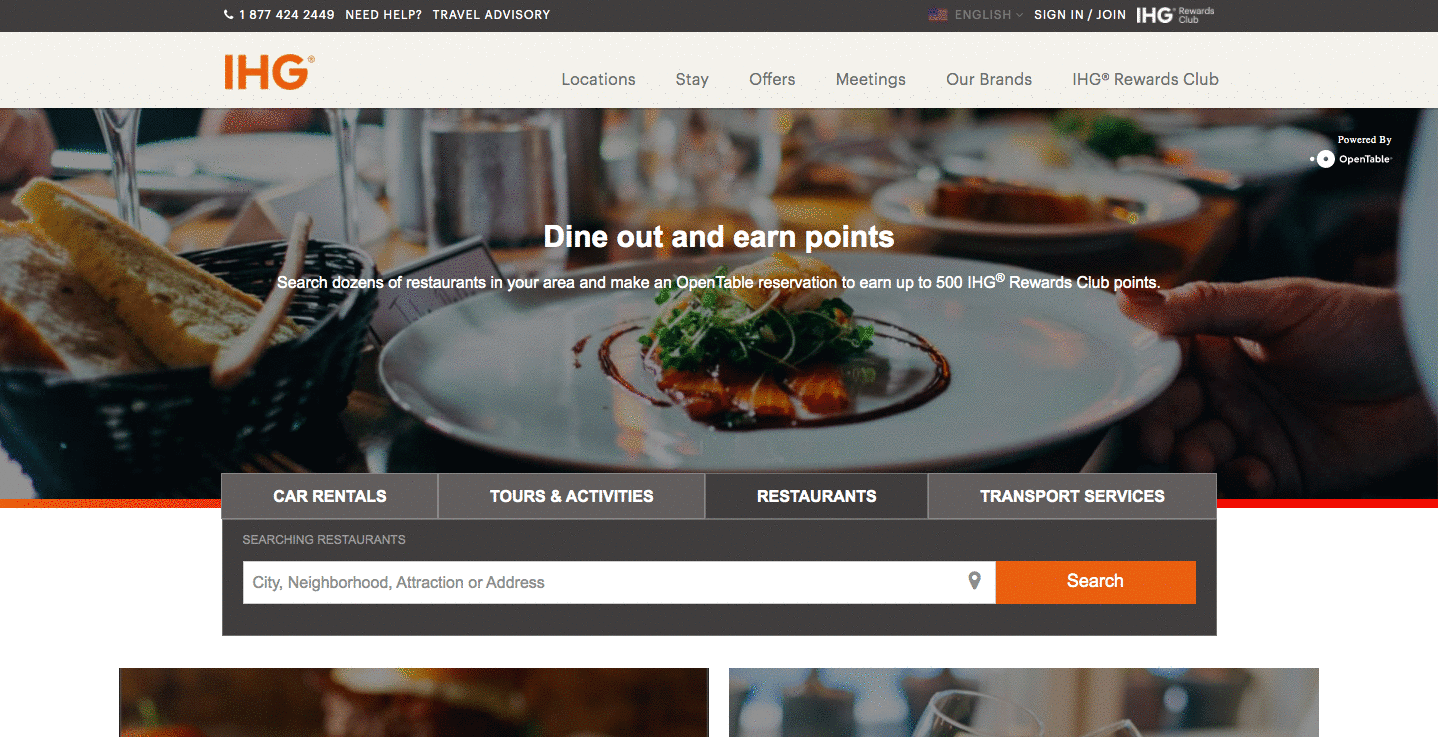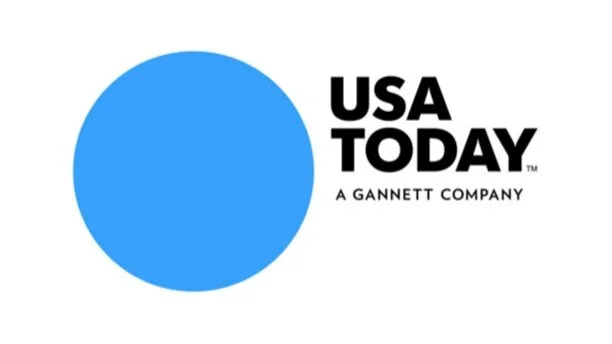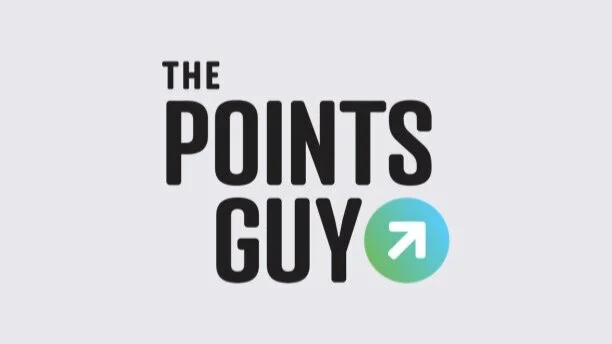IHG Dining Reservations
IHG Dining Reservations is an OpenTable integrated white-label booking solution that enables IHG® Rewards Club customers to browse local restaurants, review restaurant information, and earn IHG® Rewards Club points when completing an OpenTable reservation.
The Problem
As noted in IHG Food Delivery, IHG (InterContinental Hotels Group) franchises, leases, manages, or owns roughly 4,000 hotels within the United States. Similar to other hoteliers, each IHG hotel is associated with a specific sub-brand to meet the needs of different traveler types. For example, Kimpton® Hotels & Restaurants, which boasts 82 on-property restaurants, is ideal for travelers looking for a more boutique-style stay with contemporary on-property dining. On the other hand, Holiday Inn Express®, Candlewood Suites®, and Staybridge Suites® are better suited for families and cost-conscious travelers. These properties which comprise over 3,000 of the aforementioned 4,000 hotels do not offer in-room nor on-property dining services. Moreover, according to the Phocuswright "The Future of Room Service" white paper, which surveyed 800 travelers and hotel managers to reveal emerging trends in-room and on-property dining, seven in ten respondents preferred exploring local food experiences while traveling. As a result, travelers staying at a Holiday Inn Express®, Candlewood Suites®, or Staybridge Suites® with an affinity for exploring local food experiences are left to their own devices, leaving ancillary revenue and IHG® Rewards Club engagement on the table.
"We're excited to help IHG guests reserve the perfect table at must visit destination restaurants as well as help them discover hidden gems that offer authentic, local experiences. Whether IHG guests are traveling somewhere new or dining at their favorite neighborhood restaurant, we're looking forward to serving as their dining passport and connecting them with tens of thousands of our restaurant partners."
- Scott Jampol, OpenTable Senior Vice President
The Solution
To help travelers discover local food experiences within the proximity of their hotel, increase IHG® Rewards Club engagement, and, as an added benefit, legitimize IHG's ancillary portfolio by adding a transaction-based revenue stream, IHG partnered with OpenTable to build a white-label restaurant reservation booking solution. This solution, also known as IHG Restaurant Reservations, enables IHG® Rewards Club customers to browse restaurants, review restaurant information, book a table, and earn points by leveraging OpenTable’s Affiliate API. To earn points, IHG® Rewards Club customers must book a table through IHG channels, including the IHG® App, IHG website, and IHG® Connect, the on-property Wi-Fi experience at IHG properties. Once the reservation has been completed, IHG® Rewards Club customers will earn 500 points the first time they complete a reservation, 150 points for each subsequent reservation, and 300 points if the reservation is completed at an on-property restaurant.
My Role
As noted in IHG Food Delivery, iSeatz serves as the bridge between hoteliers, financial services, and ancillary suppliers. IHG Restaurant Reservations is no exception. Building a white-label restaurant reservation booking solution required iSeatz to act as the intermediary between IHG and OpenTable. My role as Product Manager at iSeatz involved working with IHG and OpenTable stakeholders along with our multidisciplinary team to make IHG Restaurant Reservations a reality. I conducted market and competitive research, thoroughly defined business requirements and acceptance criteria, worked closely with our UX team to build a responsive prototype that adhered to the brand standards of both companies, coordinated with a diverse team across multiple timezones, prioritized the feature backlog, conducted user acceptance testing (UAT), and, after launch, worked with our business intelligence team to both optimize conversion by IHG channel and identify improvements.
Key Takeaways
IHG Restaurant Reservations taught me
how to design and organize front-end, middleware, and back-end systems and services via information architecture diagrams;
what is required to securely request information from a 3rd-party API;
how information is funneled through back-end, middleware, and front-end services from a 3rd party API;
how user-related and system-related errors and warnings are returned and displayed from a 3rd party API;
how to build and test a solution that complies with Web Content Accessibility Guidelines (WCAG) 2.0;
what a UX team requires (assets, style guide, WCAG 2.0 recommendations etc.) to successfully create a working prototype;
what is considered personally identifiable information (PII) and the measures, specifically encryption, that safeguard personal data;
how information is routed securely to and from clients via POST and GET requests;
how to manage and communicate with a remote team;
how to appropriately manage a rigid timeline and budget;
what is required of each team member when abiding by the Scrum methodology.





